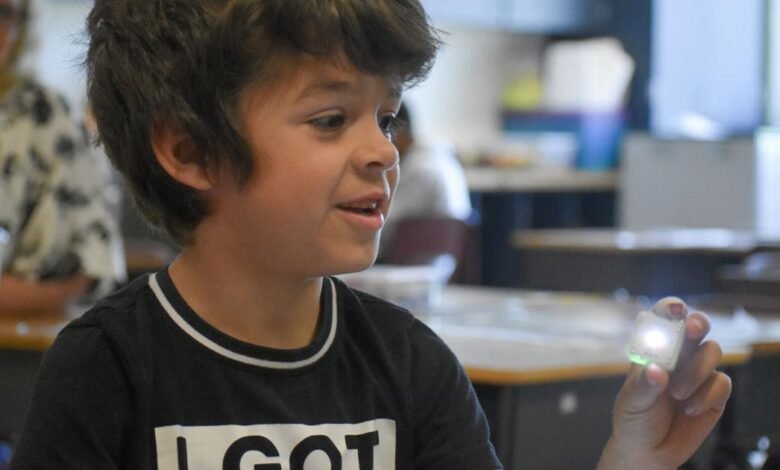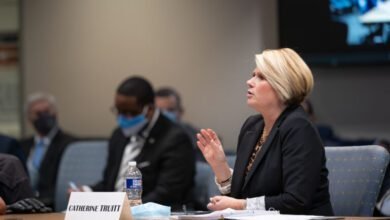HCPS students receive introduction to computer science | News

In 2017, Virginia became the first state to require computer science education for all students. Seven years later, this requirement continues to bring practical computer literacy to Harrisonburg City Public Schools elementary students.
“We knew this was a standard we needed to integrate into the curriculum,” said Amy Sabarre, principal. “So we started with K-2. And then it went to [grades] three to five. It was a matter of trying to find another engaging tool that supported both what we wanted to do as integration, but also supported teachers.”
Then, around 2018, HCPS partnered with SAM Labs, a science, technology, engineering, art, and music (STEAM) and K-8 coding company. HCPS has incorporated this form of education into its schools. But in all HCPS middle and high schools, instructional technology coaches use SAM Labs hardware, software and curriculum to introduce STEAM and coding skills.
“There is a big question around future-ready skills,” said Mary Ruiz, Eastern education consultant at SAM Labs. “And prepare students and teach them how to collaborate, how to solve problems and how to think computationally so that they have those skills as they go forward.”
On Monday morning, Smithland Elementary first graders got a hands-on introduction to computer science as they learned about plants with a lesson plan focused on plant anatomy and growth.
First grade teacher Megan Bishop and instructional technology coach Stacey Penrod worked together to use a SAM Labs lesson that first introduced the parts of a plant and what plants need to grow. Then the students used computer science skills to solve the problem of faba bean plant death.
In separate groups, students labeled plant anatomy, created mini-greenhouses out of plastic bags, and coded a light to remind students when to water the plants.
Since the students are first graders, the class was not about coding with HTML or JavaScript. Instead, Penrod introduced basic computing skills to help students understand how technology works.
“So in our computing system we will have two parts,” Penrod explained to the group of first graders. “Every computer system needs input and output. The input is how we start the system… the output is what comes out of the system.”
So, the students created a computer system with button inputs, sliders, and timers to create the output of turning on a small RGB LED light.
“My favorite part is seeing the kids get so excited,” Penrod said. “Once they build a computing system, they click on it and watch the light go on – just those ‘aha moments’ when they’re so excited and engaged in what you’re doing is so much fun.”
It was so fun that some students put the light up to their nose to imitate Rudolph the Red-Nosed Reindeer, or compared the light to a disco ball. Ultimately, the goal of creating this computer system was to create an alarm to remind students when to water their plants.
“The nice thing is that many of these tools can be integrated into other content areas,” Sabarre said. “And that’s really the purpose of computer science standards: also to be integrated, not to be standalone.”
Additionally, the hands-on classes keep students motivated and engaged, Bishop said. With technology being such an important aspect of our work, Pentrod said it’s important to take the guesswork out of how technology works.
“Many of us take this for granted. We don’t think about how the Internet works or how the things we use work,” Penrod said. “[I think it’s important to have] this understanding that it’s not magic, there’s logic behind it… Problem solving, critical thinking, but also just understanding the world around us is super important.”SAMS




